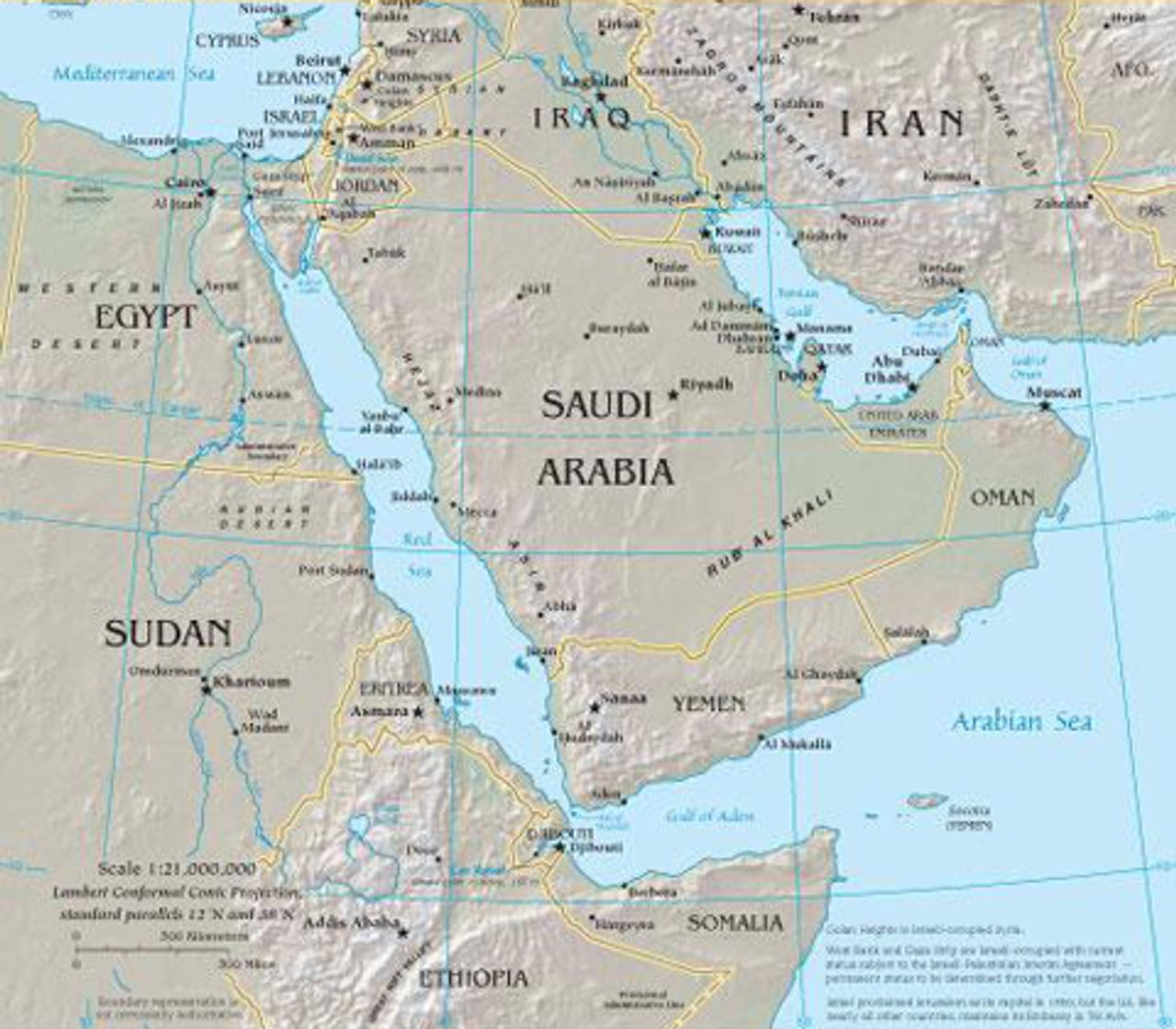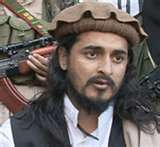The reason why Josh's latest series of posts is extremely important is because it enables us to determine the operational attack strategies and methods of Al-Qaeda. Terrorists intend to spread a political message through violent activity, and continuously target economic sources and activities to do so. A 2007 RAND (Center for Terrorism Risk Management Policy) study entitled, "Economically Targeted Terrorism," explains that Al-Qaeda either attacks a) interdependent economic streams to break down activity, such as transportation, or b) economic networks that spread effects, such as food or water contamination.
AQ's ability to plan and execute either small or large-scale attacks relies on their own economic stability; i.e. funding. "Truly hobbling a large, stable economy is likely to be beyond the means of most terrorist groups. However, a variety of potential terrorist operations could produce sufficiently...sizable numbers of casualties and damage or destroy large amounts of property..." It is important to identify that the objectives of AQ are witnessed in two ways, namely, to generate a) broad disruption and/or b) large-scale destruction.
 Ironically, but not surprising, the economic stability of AQ depends largely on the economic instability of other nations. This is a trend that I established concerning the criminal activity of trafficking. AQ thrives in impoverished areas. For example, The Economist declared that the worst country on earth in 2010 is Somalia, home of "piracy, poverty, and perdition." Similarly, Al Shabaab calls it home, too: "...according to the UN’s World Food Programme, more than 40% of the population need food aid to survive, and one in every five children is acutely malnourished. The constant fighting has internally displaced more than 1.5m people, with a third living in dire, makeshift camps. Aid workers have been able to supply them with less than half the daily water needed."
Ironically, but not surprising, the economic stability of AQ depends largely on the economic instability of other nations. This is a trend that I established concerning the criminal activity of trafficking. AQ thrives in impoverished areas. For example, The Economist declared that the worst country on earth in 2010 is Somalia, home of "piracy, poverty, and perdition." Similarly, Al Shabaab calls it home, too: "...according to the UN’s World Food Programme, more than 40% of the population need food aid to survive, and one in every five children is acutely malnourished. The constant fighting has internally displaced more than 1.5m people, with a third living in dire, makeshift camps. Aid workers have been able to supply them with less than half the daily water needed."Conditions such as these have caused both the US and international agencies, such as the UN, to provide financial, nutritional, and military support. As I discussed with US Operation Restore Hope, scenarios as the one Somalia and other countries face - as they have faced in the past and continue too now - can be miscalculated and result in financial loss and/or military conflict. As The Economist article states, "The world's most failed state, regrettably, threatens to become a bigger problem for the rest of the world."
Sadly, this theory holds true, as the 2009 worst country on earth was none other than Afghanistan. Michael E. O'Hanlon, Director of Research and Senior Fellow of Foreign Policy at The Brookings Institute, identified Afghanistan as the first crisis region in a report entitled, "Four Global Crisis Spots." He discusses the strategic opportunities for the US as well as the multi-disciplinary resources needed to counter terrorist growth, increased violence, and social and economic hardship.
Mr. O'Hanlon's former colleague (Vice President and Director of Foreign Policy, 2006-2009) and now US Ambassador to Mexico, Carlos Pascual, has recently co-authored "Confronting Poverty" with Susan E. Rice - (December 2009). He argues that due to the connections between poverty and fragile states, "alleviating poverty and shoring up weak states are not only humanitarian and economic imperatives, but key components of a more balanced and sustainable US national security strategy." The "War on Terror" has taught us - and shown us over and over again more than we like - that the most sustainable US strategy should not focus on singular states but interconnecting states within a region, as AQCL is now affiliated with terrorist and criminal organizations operating throughout regions like a spider. It is a chess game.
The most effective counterterrorism strategy, then, is forward thinking, matrix-like, and multidimensional, especially when combating a morphing and expanding ideology and image, tactics and strategies. My colleague, Pat, makes a fantastic point, stating: "As we consider the future of irregular warfare and terrorism, it’s critical to monitor the threat posed by regionally-based terrorist groups who become increasingly mobilized in line with a global Islamist ideology." Pascual/Rice argue that the US needs to "invest in poverty alleviation and capacity building in weak states to break the vicious cycle of poverty, fragility, and transnational threats." If The Economist's theory holds true again, then we need to act now in order for the cycle not to worsen in Yemen; for our common human experience alone shows that once the cycle begins it is rarely broken but only slowed or subdued.
We need to stay ahead of the emerging, developing, threat of Yemen becoming the fertile land of AQCL and/or affiliates. As a result, AQAP and Al Shabaab, and perhaps AQIM's, tentacles will grow: The region will become within the next decade the haven for AQ to plan micro and macro terrorist plots targeting economic activities and networks to generate broad rupture and/or large-scale destruction. Al Sahwa does not want Yemen to be the worst country on earth in 2011. If so, then criminal activities such as trafficking will regularly occur like it has in Afghanistan and social displacement will increase as witnessed in Somalia. As stated before, the scenario "threatens to become a bigger problem for the rest of the world."
In conclusion, Yemen is directly connected to Afghanistan and Pakistan; it is gradually becoming the rook of AQ. In order to stay ahead of the cycle in Yemen, the US needs to win The Exchange by taking the rook and using the knights (Iraq, Afghanistan - forking) and the bishop (Pakistan - endgame) to our advantage: We will set ourselves in a strategic location to successfully disrupt, dismantle, and work towards defeating the morphing and expanding AQCL and affiliates.




.jpg)






A point of clarification:
ReplyDelete"The Exchange" is a chess situation where one takes the other's rook but loses a weaker piece, either one's knight or bishop or pawn. I am not advocating that the US take the rook and lose a piece, either the knight or bishop or pawn. The US will not lose any pieces.
Simply, I am using the meaning of the concept to present the idea that the US needs to take the emerging strong piece of AQ, namely, Yemen. Taking the "rook" will enable us to use Afghanistan and Pakistan more successfully to attack and defeat AQ.
I passingly propose here that Iraq and Afghanistan are our best chance to plan "forking" attacks while Pakistan continues to prove to be the most important piece for securing the endgame, the defeat of AQ.
Some questions: when if ever has aid worked?
ReplyDeleteWhy are we feeding our enemies?
Do we have the manpower, brainpower and will - to include the will to be ruthless - to try and match them man for man in a battle of wits on their own home turf?
Follow on to last: why are we playing their game?
Is not the enemy engaged in an economy of force, waiting for us to tire, which surely is already happening?
On the last point, I think Afghanistan witnessed an economy of force. Pat, if you have anything to add to this please do. I think in Yemen, we are limited at the moment, but not tired or growing tired.
ReplyDeleteYemen is a critical threat: The people are fractured amongst themselves and the government, the Government is indecisively dealing with AQ (perhaps due to historical political strain with the US), the economy – especially revenues streams - is slowing, and the social fabric is dwindling because of the incoherent situation just described.
Al Sahwa believes that awakening must happen at the people-level, as witnessed in Iraq (i.e. Mosul). The problem is that the people have nothing sustainable to strive for; they are constantly dealing with tension.
I think AEI researchers Frederick W. Kagan, Director of the Critical Threats Project, and Christopher Harnisch, Head of the Gulf of Aden Team, would agree, but reiterate that this must happen simultaneously while political and economic engagement works to “improve the effectiveness of the [state] government and security forces…” USAID, along with the UN, continue to provide funds but Kagan and Harnisch think that providing “too few does guarantee failure.”
The answer they propose is for the US to develop a Joint Interagency Task Force to work in collaboration with the Salah Administration; however, they recognize that the security situation must be stabilized first in order for US officials to travel beyond Sana. (I would love to be a part of this JITF and/or embed with them to provide analysis). “Mr. Salah is an unpalatable partner, and we don’t want to be drawn into Yemen’s internal conflicts more than necessary. But he is the only partner we have in Yemen. If we want him to take our side in the fight against al Qaeda, we have to take his side in the fight against the Houthis.”
Firstly, this is why I think it imperative to employ a multidimensional strategy now. The situation reminds me – and us, I assume - too much of Afghanistan and Pakistan. (Correct me or clarify if I am wrong or off-track). I may have stretched my theory too far (and once again, challenge me), but Yemen as the “rook” dangerously has access to all spaces of the “chess board”: Africa (i.e. AQAP, AQIM, Al Shababb), the Middle East (i.e. Haqqani, Iran), and through these avenues, Europe. As Josh first stated, and I highlighted, the AQ leaderless network is like a spider – it’s tentacles are growing.
(The conversation continues whether it is growing as a conglomerate, franchise, tribal system, or network)!
Secondly, this is why I think Iraq and Afghanistan are vital for us to execute a “forking” strategy, to attack more than one “piece” at the same time. As Kagan and Harnisch state, “Too narrow a focus on improving counterterrorist strikes in Yemen without addressing the larger context of the terrorist threat growing in that country may well lead to [long-term error].”
More to come on the larger context…
I stated in this article that violence will lead to a) trafficking and b) displacement of people. The Washington Post recently reported (19 January) that the U.N. has documented the displacement of more than 63,000 people in Somalia over the LAST 19 DAYS.
ReplyDelete14,000 people alone were displaced in the capital, Mogadishu. It is not a coincidence, nor is it ironic, that it is the home of Al Shabaab.
This brings to light the importance of identifying trafficking cycles in the region, as Josh describes today (21 January) in "Shabaab World Cup Threat."
Read this article, http://www.msnbc.msn.com/id/35083529/ns/world_news-mideastn_africa/, which discusses US strategy in Yemen.
ReplyDeleteGood readd
ReplyDelete